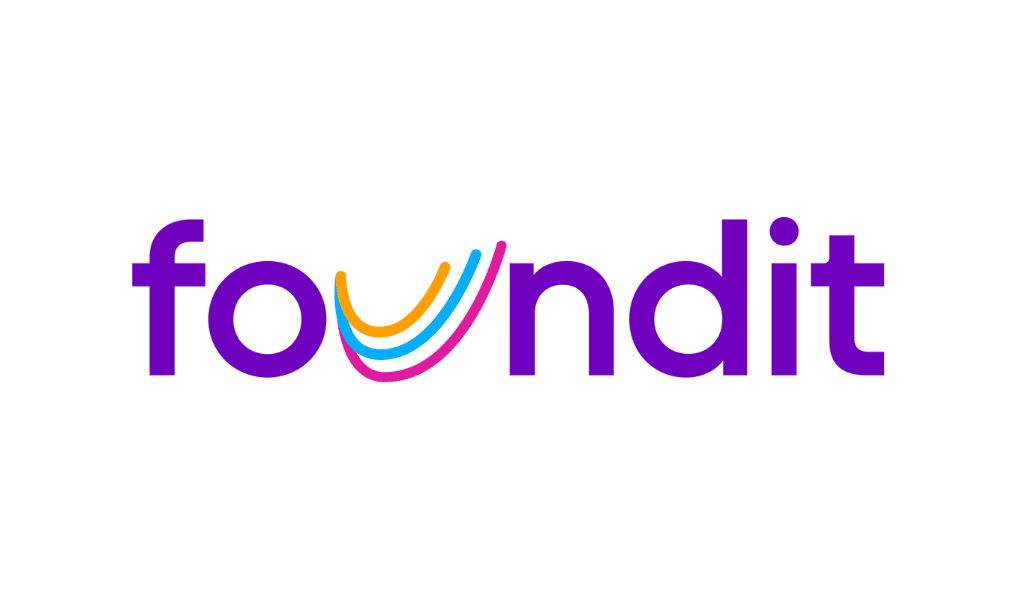By combining AI insights with diverse human involvement, organizations can create a more equitable and inclusive environment, fostering innovation and growth.
By Shirley Knowles
Artificial intelligence offers a number of benefits to businesses that considerably enhance decision-making efficiency and help optimize costs. Despite fears that AI-driven cost savings might reduce the need for human workers, the potential of AI in advancing inclusion and diversity (I&D) is substantial. And, what’s more, its role would be best noticed when there’s human intervention to help steer the process and make sure that the end result is as free from bias as possible.
Used correctly and ethically, AI can swiftly identify biases that hiring managers or people managers might have otherwise missed. This capability can reveal disparities in promotions or opportunities that might go unnoticed, facilitating a more equitable workplace.
Benefits of AI in I&D
There are many benefits that AI can bring to the workplace. This technology can complement already existing best practices when it comes to I&D.
-
Advance accessibility for disabled staff and promote an inclusive environment. AI technologies can provide tools that help individuals with disabilities perform tasks that might otherwise be challenging. For instance, AI-powered speech-to-text applications can help hearing-impaired employees, while text-to-speech and screen readers can support visually impaired staff.
-
Identify and minimize unconscious biases in organizational practices. AI can analyze patterns in decision-making processes and pinpoint potential biases that human managers may not be aware of. By identifying biases—such as age-related discrimination or unequal distribution of resources—organizations can introduce corrective measures for fairer outcomes.
-
Help to form diverse teams with a focus on creativity and innovation. AI algorithms can be customized to prioritize diversity when building teams to handle different projects. Diverse teams bring various perspectives, experiences, skill sets, and ideas—and this can encourage innovation and creativity.
-
Examine data without human biases to enhance hiring practices. AI can review resumes and applications impartially, focusing on qualifications and experience rather than personal attributes or English-sounding names. This can help stave off biases that may influence human hiring decisions.
-
Empower non-native speakers to be more effective in their communication. AI instruments like language translators and grammar checkers can support employees who are non-native speakers. These instruments can create documents, pitch decks, and campaigns that are free of grammatical or spelling mistakes. That way, the employee can achieve clear and effective communication.
Even with all these benefits factored in, I&D will still require a human touch. The diversity of human values, life experiences, education, and cultural contexts necessitate leadership involvement.
While AI can provide insights, it cannot replace the nuanced understanding that human beings may bring to the table. For example, AI might identify common cultural traits but individuals within a particular culture can differ widely. Relying solely on AI runs the risk of overlooking these essential interplays.
Having subject matter experts from different regions or cultural backgrounds can provide critical insights that AI might miss.
Role of Risk When Implementing AI in I&D
The inherent risks of AI in I&D primarily stem from the biases of those who build the AI systems and potentially let them run freely without managerial oversight. If the developers harbor biases, these can be inadvertently embedded in the technology, affecting diverse populations.
More precisely, blind reliance on AI without adequate contextual knowledge can lead to significant flaws in the presented information. For instance, if AI generalizes behaviors of people in a specific region inaccurately, it could perpetuate stereotypes rather than dismantle them.
To mitigate these risks, more human involvement in AI processes should be included, and there should be diversity among the humans involved. This way, the AI systems would be designed and reviewed by individuals or groups of people with varied experiences and viewpoints, reducing the likelihood of bias.
Additionally, having subject matter experts from different regions or cultural backgrounds can provide critical insights that AI might miss. This is crucial to knowing that the information and decisions are accurate and culturally sensitive.
Balancing AI and Human Expertise
It must be noted that the role of AI in I&D should complement, not replace, human expertise. Organizations must strive for a balanced approach, integrating the efficiency of AI and data processing capabilities with the nuanced understanding of people teams. This hybrid model stands to help organizations leverage the strengths of AI while mitigating its risks, leading to more effective and inclusive I&D efforts.
In addition, a well-rounded AI approach requires ongoing monitoring and updates. As society and workplaces evolve, so do the definitions and standards of inclusion and diversity. Therefore, continuous learning and adaptation are crucial for AI systems to remain effective and relevant.
It is also essential to invest in training for employees on how to use AI tools responsibly and ethically. This includes understanding the limitations of AI, recognizing potential biases, and knowing when human judgment is necessary. By doing so, organizations can have peace of mind that their use of AI supports rather than undermines their I&D goals.
Shirley Knowles is the chief inclusion and diversity officer for Progress.

















